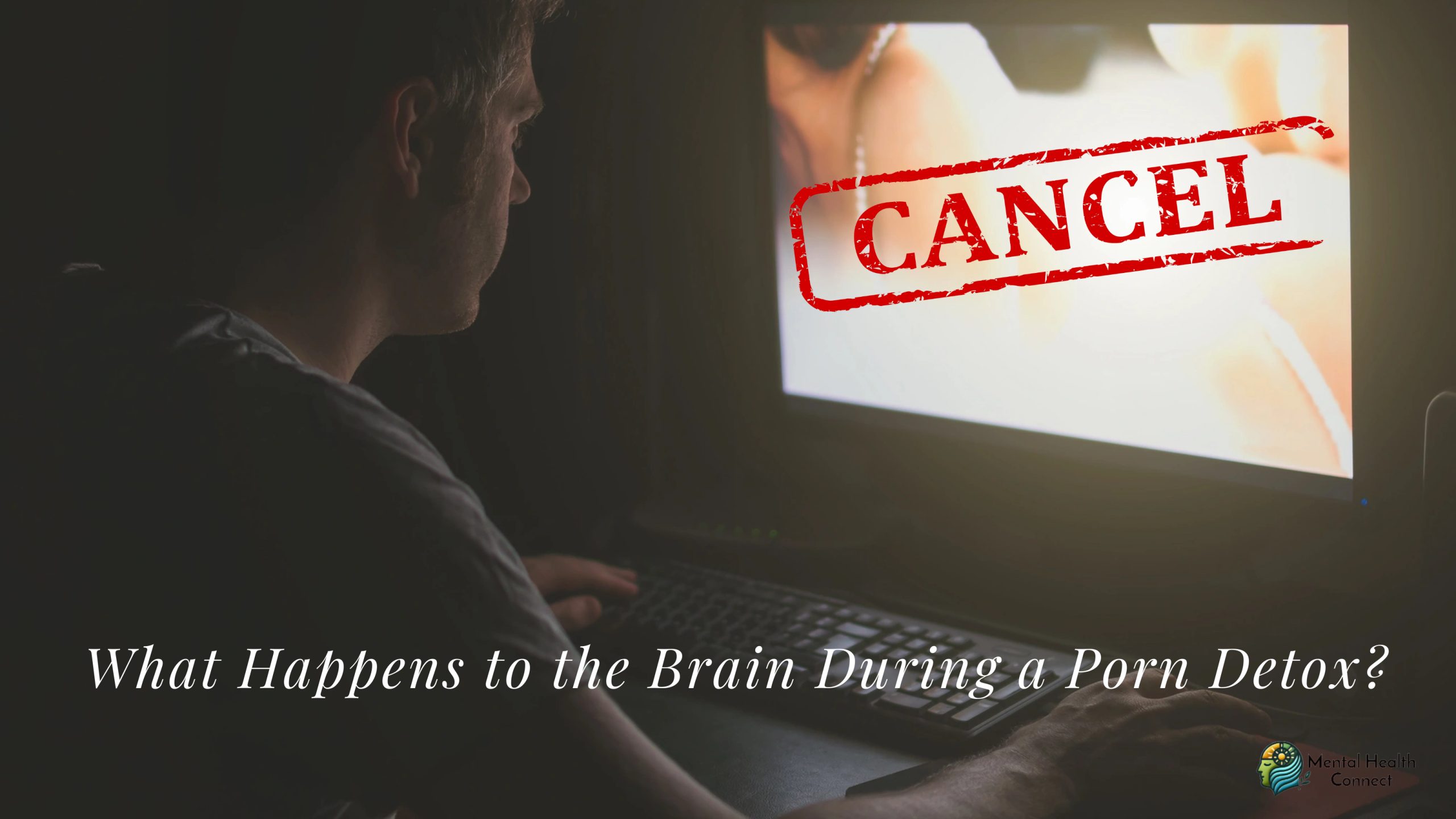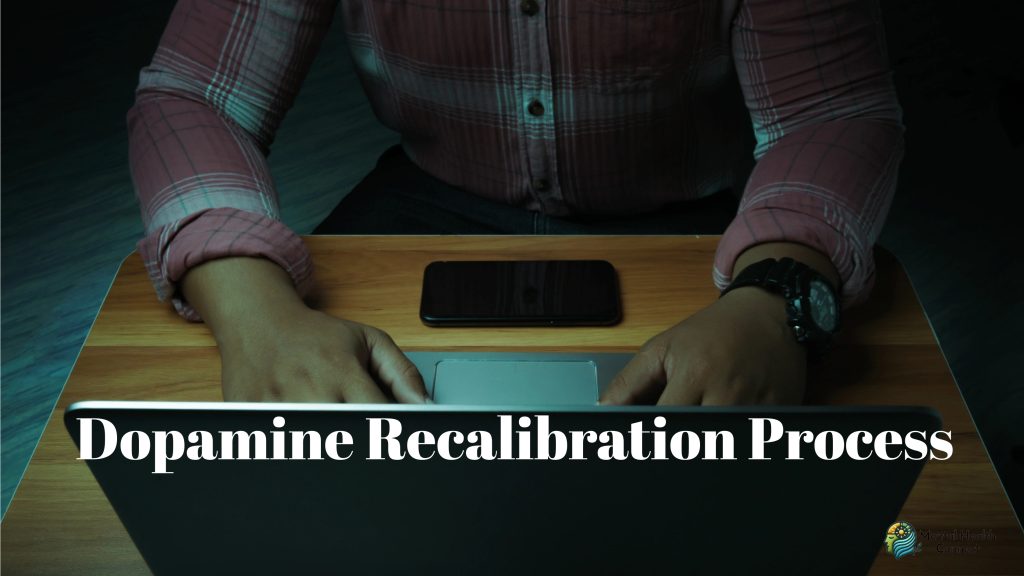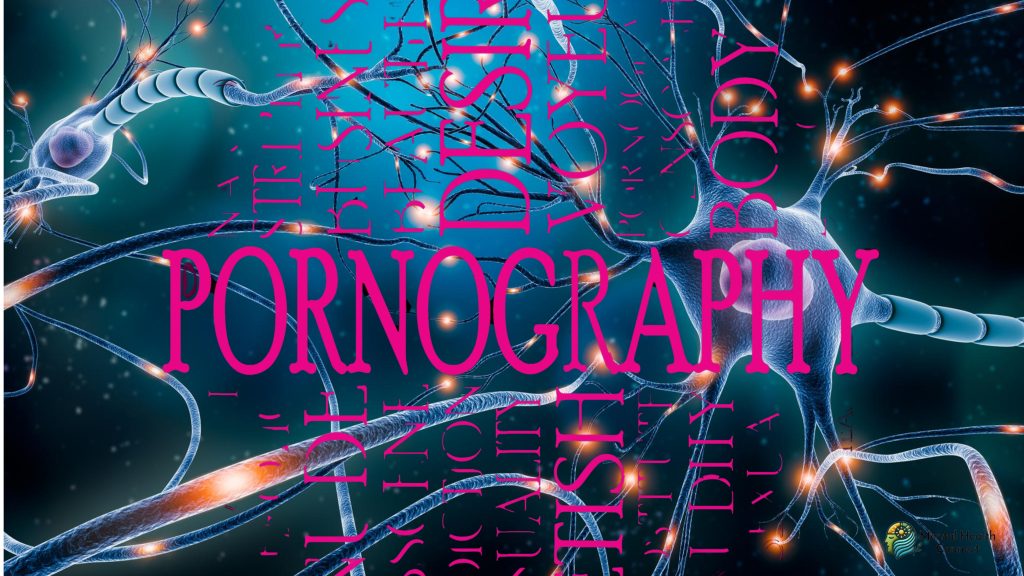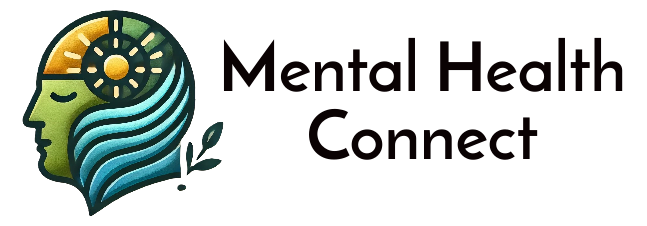What Happens to the Brain During a Porn Detox?

When someone embarks on a porn detox, their brain undergoes a series of fascinating neurological changes. Much like detoxing from other stimulating substances, stepping away from pornography triggers a complex healing process in the brain’s reward circuitry, emotional regulation centers, and cognitive functions. The growing popularity of porn detoxes stems from increasing awareness about how consistent pornography consumption may impact neurological pathways. This comprehensive guide explores the science behind what happens to your brain during a porn detox, from initial withdrawal symptoms to long-term neurological recovery patterns.
The Brain on Pornography: Understanding the Baseline

Before diving into the detox process, it’s important to understand how regular pornography consumption affects the brain.
The Dopamine Connection
Pornography viewing triggers substantial dopamine release in the brain’s reward center. This neurochemical is responsible for feelings of pleasure and reinforcing behaviors. Unlike natural rewards, digital sexual content can provide:
- Unlimited novelty through endless variety
- On-demand accessibility any time of day
- Escalating intensity without natural limitations
This continuous high-stimulation environment creates what some neuroscientists call a “supernormal stimulus” – something that activates our reward pathways more powerfully than the natural stimuli we evolved to encounter.
Neuroplasticity and Pathway Formation
Our brains possess remarkable adaptability, known as neuroplasticity. With repeated viewing, neural pathways associated with pornography consumption strengthen, creating:
- Automated behavioral responses to certain triggers
- Associations between specific cues and anticipated rewards
- Potentially reduced sensitivity to natural pleasurable experiences
This rewiring process doesn’t indicate permanent damage but demonstrates how the brain adapts to consistent patterns of high stimulation.
The Initial Detox Phase: The Withdrawal Period
When someone begins a porn detox, the first phase often includes withdrawal symptoms as the brain adjusts to the absence of regular high-dopamine stimulation.
Common Withdrawal Experiences

During the first 7-14 days of a porn detox, many people report experiencing:
- Intense cravings and urges to return to old habits
- Irritability and mood fluctuations
- Difficulty concentrating or mental “fog”
- Sleep disturbances or unusual dreams
- Temporary decrease in libido (“flatline” period)
- Restlessness or physical tension
These symptoms reflect the brain’s adjustment to functioning without the regular dopamine spikes it had grown accustomed to. Importantly, the intensity and duration of withdrawal varies widely among individuals.
The Dopamine Recalibration Process

What’s happening neurologically during this phase is a reset of dopamine sensitivity. Research suggests that frequent exposure to highly stimulating content can lead to fewer dopamine receptors, requiring progressively more stimulation to achieve the same pleasure response. During detox:
- Dopamine receptors begin gradually regenerating
- The brain’s baseline dopamine activity slowly normalizes
- Sensitivity to smaller, natural rewards begins to return
Mid-Term Recovery: Neurological Healing (Weeks 2-6)
As the initial withdrawal symptoms subside, the brain enters a more subtle healing phase characterized by several important changes.
Prefrontal Cortex Recovery
The prefrontal cortex – responsible for decision-making, impulse control, and focus – shows signs of increased activity during this phase. Studies using brain imaging suggest:
- Improved blood flow to executive function centers
- Enhanced cognitive control over impulses
- Greater activity in regions associated with rational thinking
This revival of prefrontal function helps explain why many report clearer thinking and better focus after several weeks of detox.
Stress Response Normalization
The brain’s stress system, governed largely by the amygdala and HPA axis, also undergoes recalibration:
- Cortisol levels may stabilize, reducing anxiety
- Emotional regulation improves as the brain’s threat-detection system rebalances
- Stress triggers become less likely to initiate craving cycles
This normalization contributes to improved mood stability and emotional resilience during this phase.
Long-Term Neurological Changes (Months 1-6)

With sustained abstinence from pornography, more profound neurological transformations begin to emerge.
Reward System Recalibration
Perhaps the most significant long-term change involves the complete recalibration of the brain’s reward system:
- Heightened appreciation for subtle, everyday pleasures
- Restored sensitivity to natural relationship rewards
- Diminished automatic response to previously conditioned triggers
This recalibration process reflects what neuroscientists call “homeostatic plasticity” – the brain’s ability to maintain balanced sensitivity despite changing inputs.
Improved Default Mode Network Function
Research using functional MRI has identified changes in the default mode network (DMN) – brain regions active during rest and self-reflection:
- Better integration between emotional and rational brain regions
- Enhanced ability to process emotions without acting impulsively
- Improved self-awareness and introspection capabilities
These changes may explain why many report deeper relationship connections and greater emotional maturity after extended detox periods.
Common Challenges and Their Neurological Basis
Understanding the neurological basis of common challenges during a porn detox can help manage expectations and develop effective strategies.
The “Chaser Effect”
Many detoxers report experiencing intensified urges after sexual activity or arousing experiences – termed the “chaser effect.” Neurologically, this occurs because:
- Sexual arousal temporarily activates similar pathways to those involved in porn viewing
- This activation can “prime” associated neural networks
- The brain may temporarily confuse natural arousal with cues for old habits
Periodic Cravings and “Extinction Bursts”
Even months into a detox, unexpected intense cravings may surface. These often represent “extinction bursts” – a well-documented neurological phenomenon where:
- The brain makes a final strong attempt to return to a rewarded behavior
- Neural pathways attempt to reactivate before fading
- These episodes typically precede significant neurological consolidation
Practical Tips for Supporting Brain Recovery
Based on neuroscience research, these strategies can support healthy brain recovery during a porn detox:
- Exercise regularly: Physical activity naturally boosts dopamine and BDNF (Brain-Derived Neurotrophic Factor), supporting neuron health and new connection formation.
- Practice mindfulness meditation: Studies show meditation strengthens prefrontal cortex function and improves impulse control networks.
- Ensure adequate sleep: REM sleep is critical for emotional processing and memory consolidation, helping rewire neural pathways.
- Engage in novel, rewarding activities: New positive experiences create alternative dopamine pathways, accelerating reward system recalibration.
- Connect socially: Real human connection activates oxytocin pathways that support healthy relationship rewards in the brain.
FAQ: Brain Changes During Porn Detox
How long does it take for dopamine receptors to recover during a porn detox?
While individual variation exists, research suggests significant dopamine receptor recovery begins within 14-21 days of detox. More complete recalibration typically requires 90-120 days of consistent abstinence, though this varies based on usage history and individual neurochemistry.
Can brain changes from pornography consumption be permanent?
Current neuroscience indicates that the brain remains plastic throughout life. While prolonged pornography consumption creates strong neural pathways, these can be weakened through abstinence and replaced with healthier patterns. Complete neurological recovery is possible for most individuals.
Does age affect how quickly the brain recovers during detox?
Yes, age influences recovery speed. Younger brains (teens and early twenties) generally demonstrate faster plasticity but may have formed stronger associations if exposure began early. Older brains recover more gradually but often benefit from better-developed prefrontal control systems.
Are brain changes different for someone who began viewing pornography at a young age?
Early exposure during critical developmental periods may create more deeply embedded neural pathways, potentially requiring longer recovery periods. However, even early-established patterns can be changed through consistent new behaviors due to lifelong neuroplasticity.
Can neuroimaging actually detect brain changes during a porn detox?
Yes, studies using functional MRI have documented measurable changes in brain activity patterns during pornography abstinence. These include altered activity in the ventral striatum, prefrontal cortex, and limbic structures, demonstrating the tangible nature of these neurological changes.
The journey of a porn detox involves complex neurological processes that unfold over months rather than days. From initial withdrawal symptoms to long-term reward system recalibration, the brain demonstrates remarkable adaptability in response to changing stimuli patterns. Understanding these neurological mechanisms can provide valuable context for those undertaking this process, helping normalize experiences and set realistic expectations. As research in this field continues to expand, our understanding of exactly how the brain recovers during periods of pornography abstinence will likely become even more nuanced, offering additional insights into optimizing the detox process for brain health.
-
 How to Support Someone with OCDApril 17, 2025
How to Support Someone with OCDApril 17, 2025 -


Leave a Reply